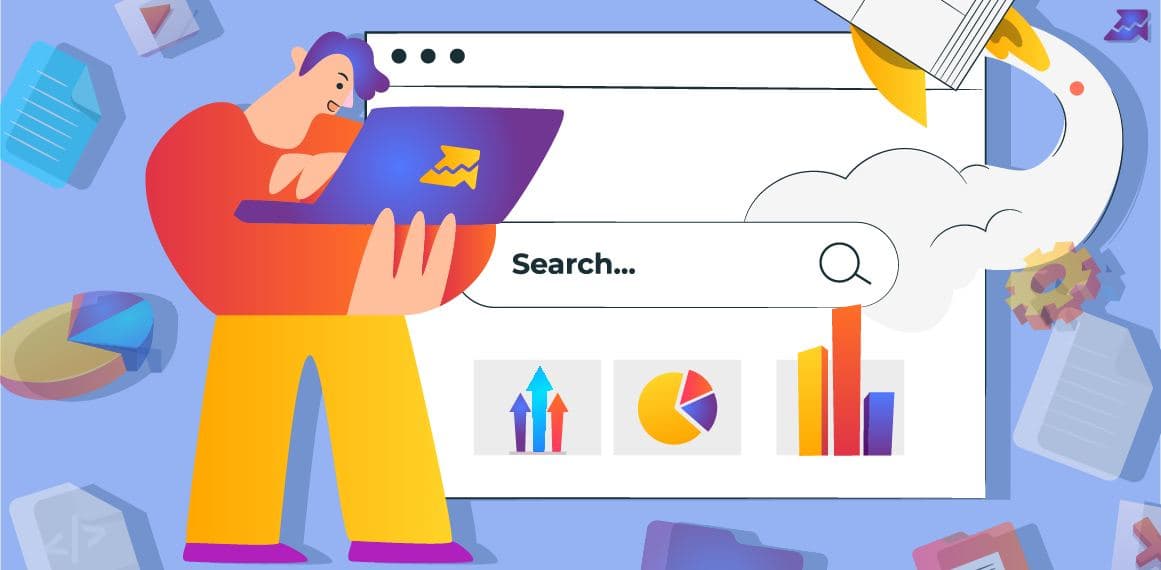Furthermore, CSS defines how web pages are presented, including various color palettes, designs, and fonts. It allows the interface to be adjusted for multiple devices, such as large/small screens or printers. CSS can be used with any XML-based markup language and is not dependant on HTML.
Both languages are widely used, and your responsive design should support CSS and JavaScript.
Every graphic you come across on the internet is an image file. These files are available in various formats, each of which is tailored to assist a specific goal. When you use the correct form for the purpose, your design will be textbook perfect and just as you imagined. On the other hand, the improper format could cause a terrible copy or a bad web image, a large download, or missing imagery in an email, which is why you need to make sure that your site supports most image formats.
One thing to keep in mind: Google will not load anything that involves clicking or swiping. Also, if you are going for infinite scrolling, you should implement paginated loading. It allows scroll parts to contain links Google can use, directing viewers to a selected spot in the content instead of the indefinite page’s top.







